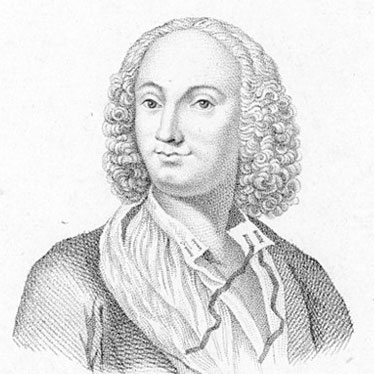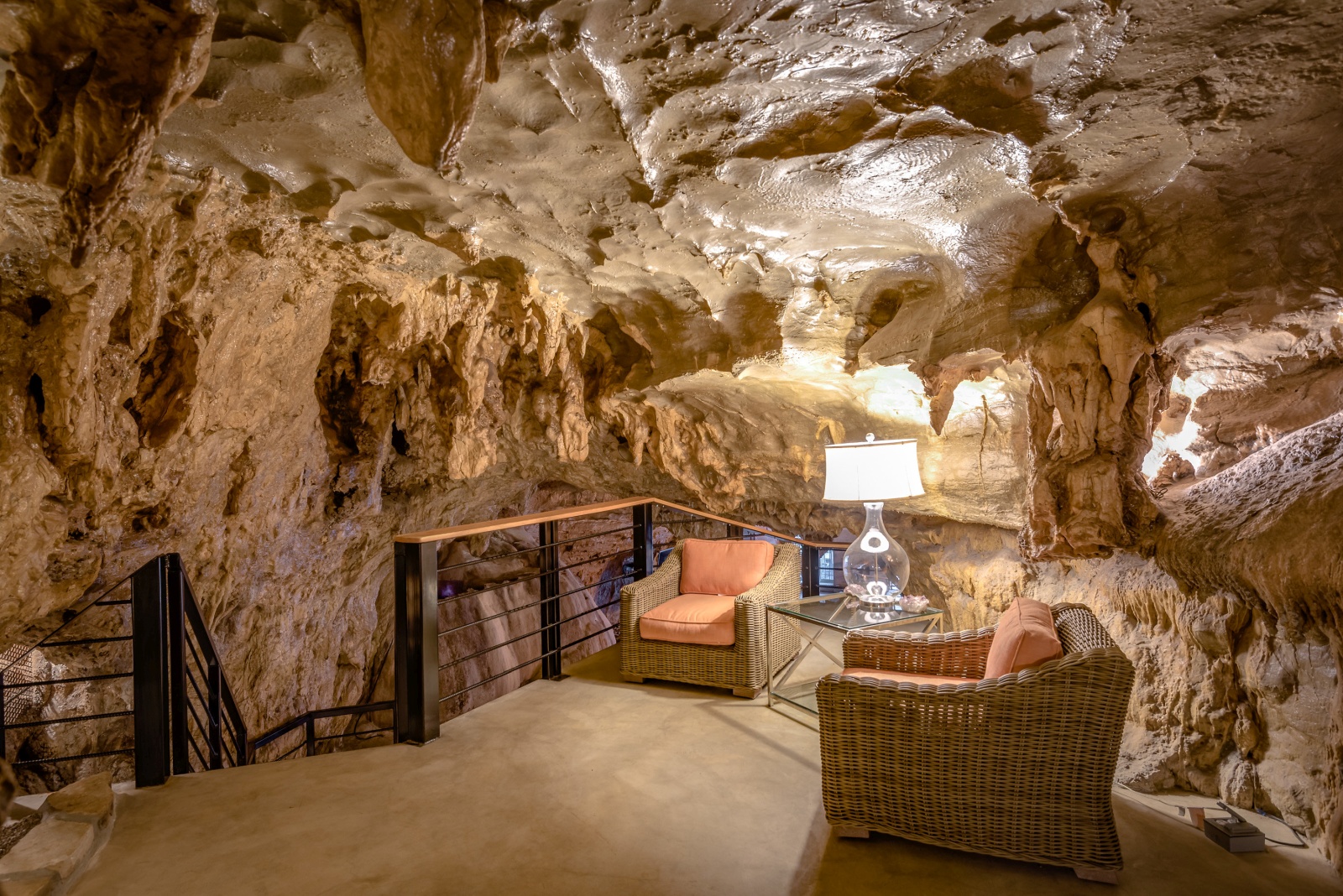Antonio Vivaldi Best Known For
Artist Biography by Rovi Staff
Details regarding Vivaldi's early life are few. His father was a violinist in the Cathedral of Venice's orchestra and probably Antonio's first teacher. There is much speculation about other teachers, such as Corelli, but no evidence to support this. Vivaldi studied for the priesthood as a young man and was ordained in 1703. He was known for. Antonio Vivaldi (4 March 1678 – 28 July 1741) Vivaldi and Mozart may have been born some 500km away from each other, but both composers were buried in the same place in Vienna. No one is exactly sure where: his grave was lost when Vienna’s Technical University was built over the graveyard. The Four Seasons (Italian: Le quattro stagioni) is a group of four violin concerti by Italian composer Antonio Vivaldi, each of which gives musical expression to a season of the year.They were written around 1716–1717 and published in 1725 in Amsterdam, together with eight additional concerti, as Il cimento dell'armonia e dell'inventione (The Contest Between Harmony and Invention).
The creator of hundreds of spirited, extroverted instrumental works, Italian composer Antonio Vivaldi is widely recognized as the master of the Baroque instrumental concerto, which he perfected and popularized more than any of his contemporaries. Vivaldi's kinetic rhythms, fluid melodies, bright instrumental effects, and extensions of instrumental technique make his some of the most enjoyable of Baroque music. He was highly influential among his contemporaries and successors: even as esteemed a figure as Johann Sebastian Bach adapted some of Vivaldi's music. Vivaldi's variable textures and dramatic effects initiated the shift toward what became the Classical style; a deeper understanding of his music begins with the realization that, compared with Bach and even Handel, he was Baroque music's arch progressive. Though not as familiar as his concerti, Vivaldi's stage and choral music is still of value; his sometimes bouncy, sometimes lyrical Gloria in D major (1708) has remained a perennial favorite. His operas were widely performed in his own time.
Details regarding Vivaldi's early life are few. His father was a violinist in the Cathedral of Venice's orchestra and probably Antonio's first teacher. There is much speculation about other teachers, such as Corelli, but no evidence to support this. Vivaldi studied for the priesthood as a young man and was ordained in 1703. He was known for much of his career as 'il prete rosso' (the red-haired priest), but soon after his ordination he declined to take on his ecclesiastical duties. Later in life he cited ill health as the reason, but other motivations have been proposed; perhaps Vivaldi simply wanted to explore new opportunities as a composer. It didn't take him long. Landing a job as a violin teacher at a girls' orphanage in Venice (where he would work in one capacity or another during several stretches of his life), he published a set of trio sonatas and another of violin sonatas. Word of his abilities spread throughout Europe, and in 1711 an Amsterdam publisher released a set of Vivaldi's concertos for one or more violins with orchestra under the title L'estro armonico (Harmonic Inspiration). These were best-sellers (it was this group of concertos that spurred Bach's transcriptions), and Vivaldi followed them up with several more equally successful concerto sets. Perhaps the most prolific of all the great European composers, he once boasted that he could compose a concerto faster than a copyist could ready the individual parts for the players in the orchestra. He began to compose operas, worked from 1718 to 1720 in the court of the German principality of Hessen-Darmstadt, and traveled in Austria and perhaps Bohemia. Throughout his career, he had his choice of commissions from nobility and the highest members of society, the ability to use the best performers, and enough business savvy to try to control the publication of his works, although due to his popularity, many were published without his consent. Later in life Vivaldi was plagued by rumors of a sexual liaison with one of his vocal students, and he was censured by ecclesiastical authorities. His Italian career on the rocks, he headed for Vienna. He died there and was buried as a pauper in 1741, although at the height of his career his publications had earned him a comfortable living.
Biographies of Poets & Composers: Main Page | A | B | C | D | E | F | G | H | I | J | K | L | M | N | O | P | Q | R | S | T | U | V | W | X | Y | Z |
What Is Antonio Vivaldi Best Known For
Antonio Vivaldi (Composer) |
Born: March 4, 1678 - Venice, Italy |
Antonio Lucio Vivaldi, nicknamed il Prete Rosso ('The Red Priest'), was a Venetian priest and Baroque music composer, as well as a famous virtuoso violinist; he was born and raised in the Republic of Venice. The Four Seasons, a series of four violin concerti, is his best-known work and a highly popular Baroque piece. |
Life |
Though ordained a priest in 1703, according to his own account, within a year of being ordained Antonio Vivaldi no longer wished to celebrate mass because of physical complaints ('tightness of the chest') which pointed to angina pectoris, asthmatic bronchitis, or a nervous disorder. It is also possible that Vivaldi was simulating illness - there is a story that he sometimes left the altar in order to quickly jot down a musical idea in the sacristy.. In any event he had become a priest against his own will, perhaps because in his day training for the priesthood was often the only possible way for a poor family to obtain free schooling. |
Works |
See: Antonio Vivaldi - Works |
J.S. Bach Connection |
Antonio Vivaldi's concertos confirmed the three-movement scheme as standard. They also pioneered ritornello form, which became the normal structure used for the fast movements of concertos. |
Source: Baroque Music Website; Wikipedia Website; Malcom Boyd, editor: Oxford Composer Companion J.S. Bach (Oxford University Press, 1999, Article author: Michael Talbot) |
Antonio Vivaldi: Short Biography | Works | Antonio Vivaldi & Bach |
Works arranged by J.S. Bach |
Concertos for organ: |
Links to other Sites |
Antonio Vivaldi (Wikipedia) |
The boy in the striped pajamas ebook free download. Bibliography |


Best Of Vivaldi Youtube
Biographies of Poets & Composers: Main Page | A | B | C | D | E | F | G | H | I | J | K | L | M | N | O | P | Q | R | S | T | U | V | W | X | Y | Z |
Antonio Vivaldi Best Known For
Terms of Use| Privacy Policy| Copyright Policy |

